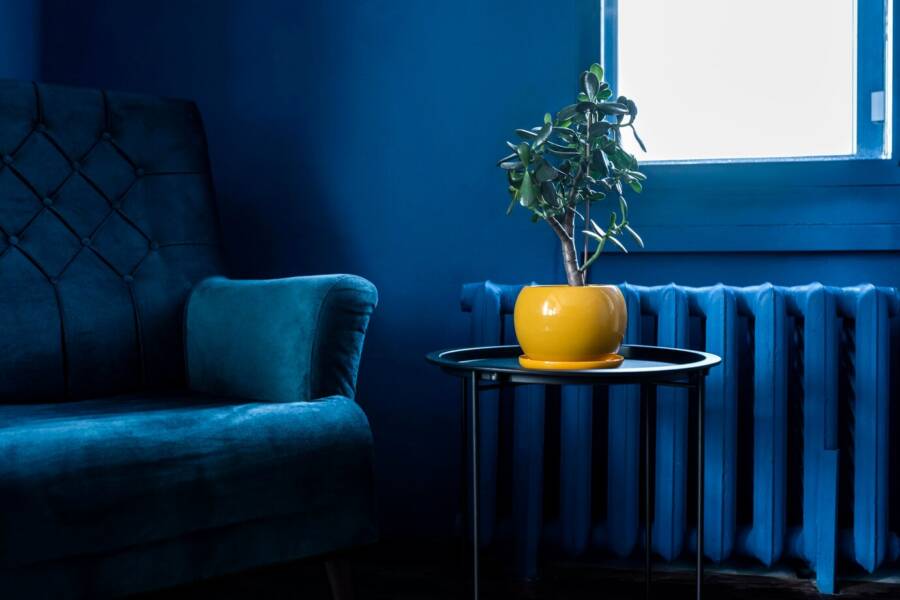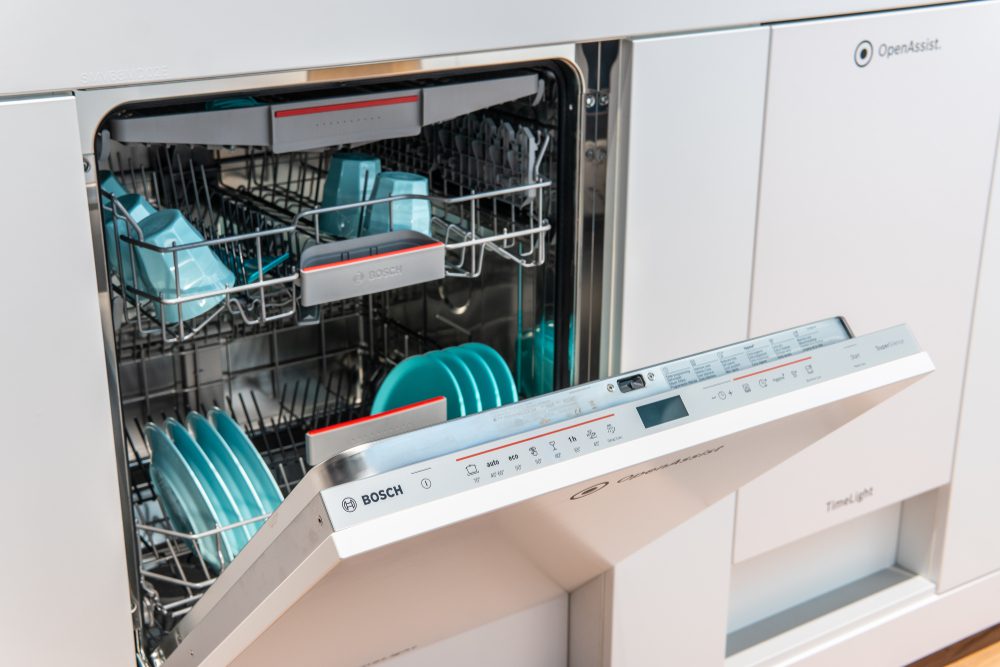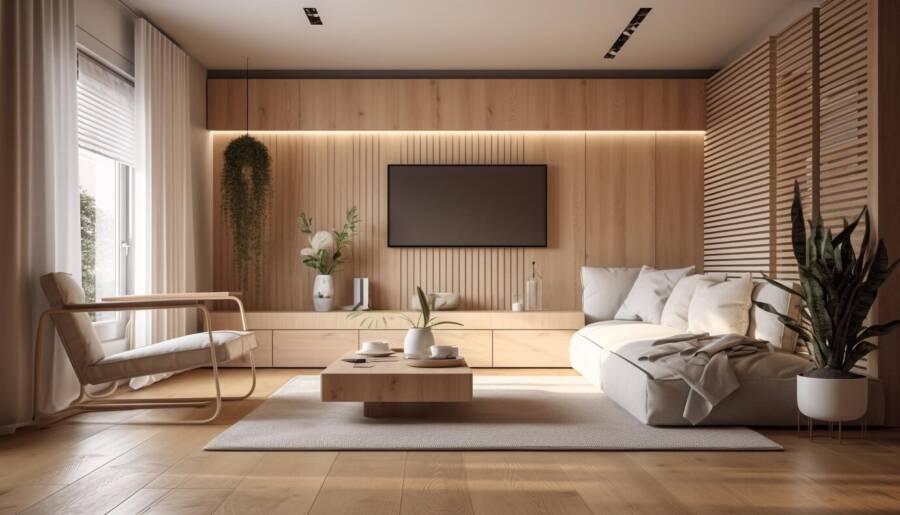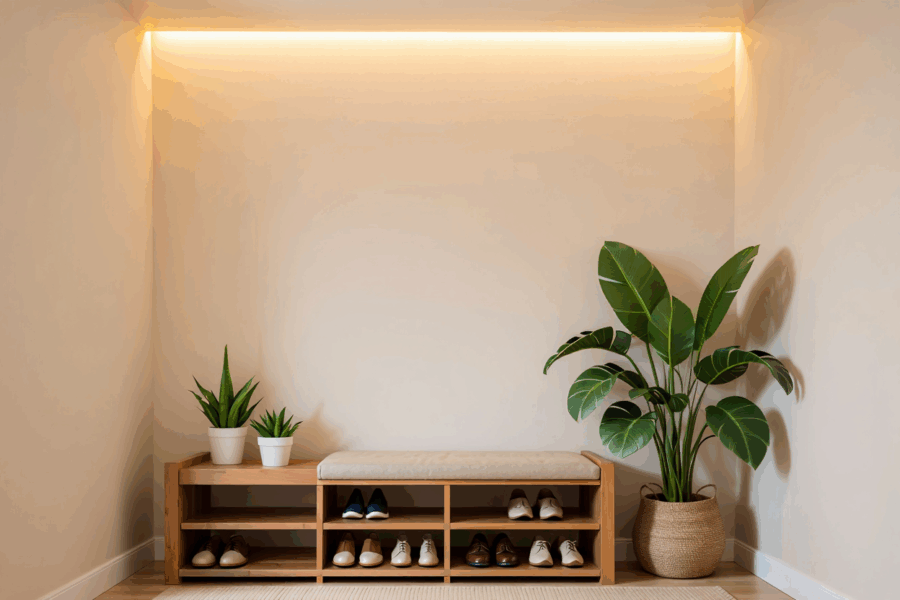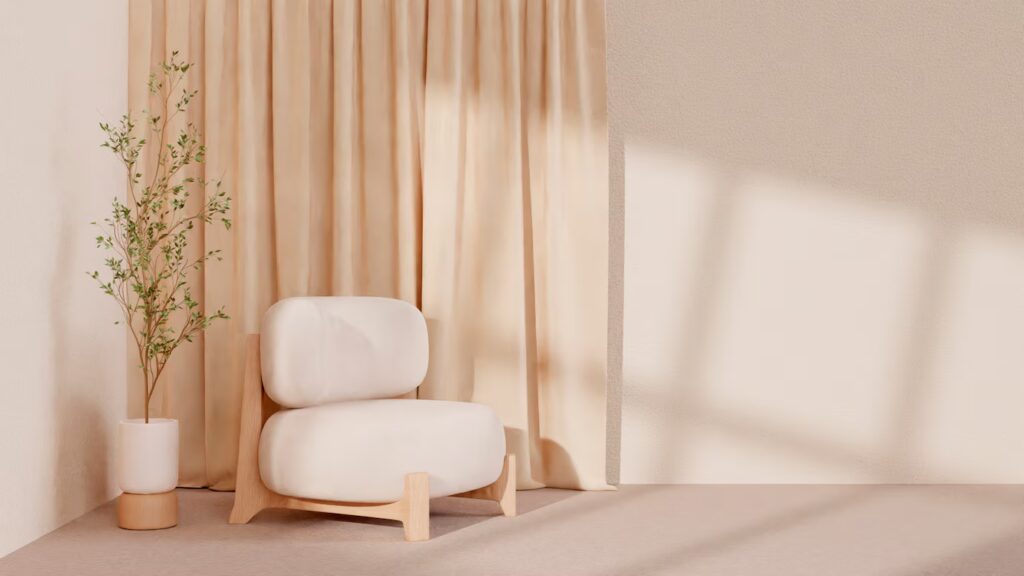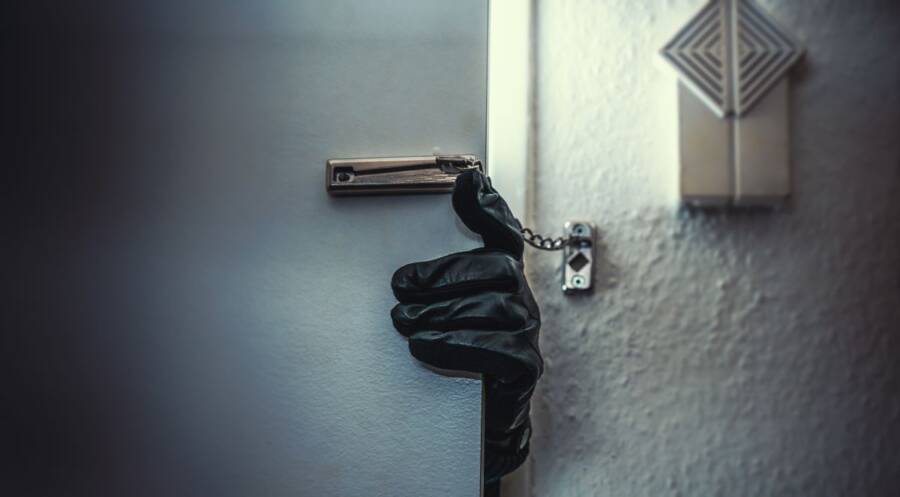Spider plants, also known as Chlorophytum comosum, are known for their easy care and adaptability. These popular indoor plants can thrive in a variety of lighting conditions making them the perfect choice for anyone looking to add an attractive plant to their home or garden.
This guide is designed to give you a comprehensive overview on how best to care for spider plants so that they can continue growing and thriving.
We’ll cover everything from understanding the light requirements of spider plants, tips on artificial lighting, maintaining the right temperature and humidity, as well as more general care advice.
Whether you’re a novice gardener or have been growing plants for years, this helpful guide will provide you with all the information necessary to keep your spider plant healthy and happy.
Here’s How Much Light Does a Spider Plant Need?
Spider plants need indirect sunlight for 6 to 8 hours a day in order to thrive. They can live with less light, but too much direct sunlight can hurt their leaves. When grown indoors, place the spider plant near an east- or south-facing window for optimal growth.
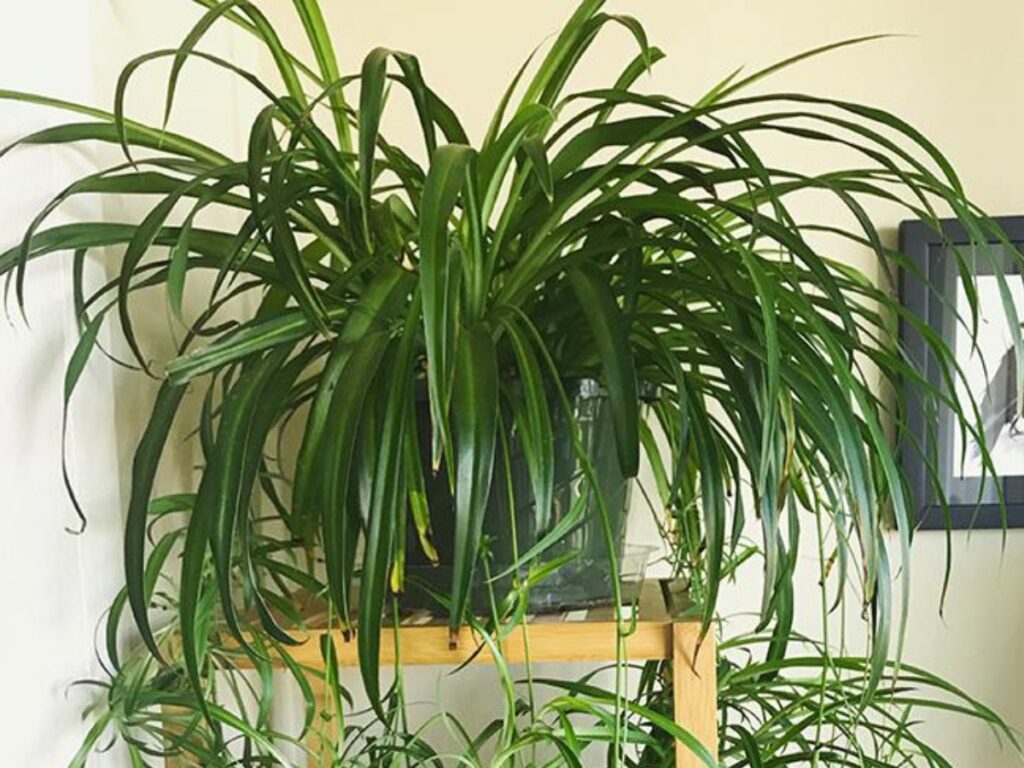
Understanding Light Requirements for Spider Plants
To ensure that your spider plants thrive, it’s important to understand their light requirements.
Generally speaking, spider plants prefer locations with plenty of bright, indirect light. That means that they should be placed in a spot where there is enough light to see clearly, but where the sun’s rays don’t directly hit the plant and cause glare or cast shadows.
Too much direct sunlight can cause the leaves to burn and turn brown or yellow.
If you don’t have an ideal location with bright, indirect light, you can still grow spider plants in low-light conditions, but growth may be slower and the leaves may not be as vibrant. In these conditions, temperatures between 60-75°F and humidity levels of 50-70% will help the plant thrive.
Spider plants are known for their adaptability and can tolerate a wide range of lighting conditions, but providing bright indirect light along with the right temperature and humidity levels will ensure optimal growth and appearance of your spider plant.
Where to Place Spider Plants?
Spider plants are very versatile when it comes to placement, and they can thrive in a variety of places. The best kind of light for a spider plant is bright, indirect sunlight—perfect for a sunny spot near a window or conservatory.
Or, if you’re looking to take your spider plant outdoors, then opt for a slightly shaded area. However, be aware that plants grown in shade will require more watering than those grown in direct sunlight.
You can hang spider plants elegantly in hanging baskets or grow them indoors with great success too! Just make sure that the soil drains well and give your plant water when it needs it. Once the top inch of soil is dry, you’ll need to give your spider plant some water so it can stay healthy and happy!
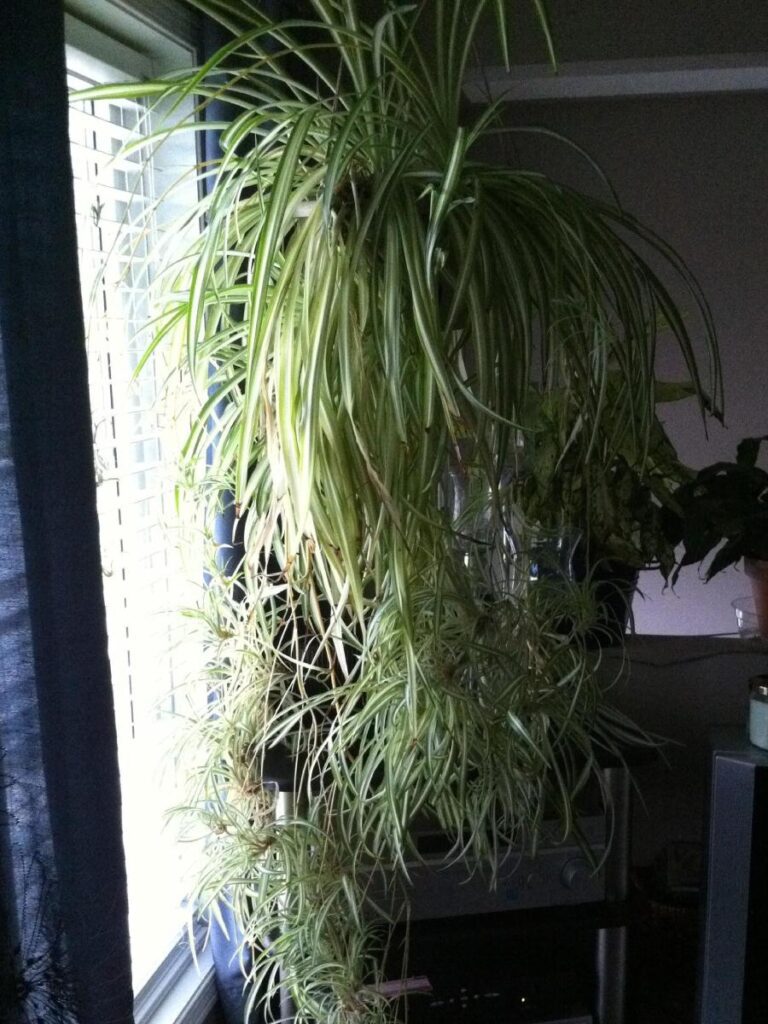
Effects of Too Much Light on a Spider Plant
Having too much light can have damaging effects on a spider plant. This can include discoloration of its leaves, brown tips and edges, wilting foliage, and even being more susceptible to pests like spider mites. It also causes the plant to dry out faster than usual, meaning that more frequent watering is needed in order to keep it healthy.
If you see any signs of overexposure to light, it’s best to move your spider plant to a spot with less light so it can recover from any damage that has occurred. This will help reduce the stress on the plant and help it adjust to its new home by giving it bright but indirect light instead.
Effects of Too Little Light on a Spider Plant
If you don’t provide your spider plant with the right amount of light, it’s going to start to show signs of distress. These signs include yellowing of the leaves, a lack of energy, and slow growth. Plus, without enough light, your spider plant won’t be able to produce baby spider plants or flowers.
It’s important that you move your spider plant to a brighter spot that is out of direct sunlight. This WILL help your plant stay healthy and vibrant for years to come. Moreover, it’s not a bad idea either to supplement natural light with a grow light during winter months when days are shorter.
A spider plant needs bright, indirect sunlight in order to thrive, so if it isn’t getting enough, take steps immediately to move it and supplement natural light with a grow light. Keep this in mind, and your spider plant will remain healthy and happy!
What Happens If You Move the Spider Plant to a Different Location?
What happens if you move a spider plant to a different location? It can be beneficial, but it depends on the environment of the new spot.
The light needs to be the right amount—not too bright or too dim. Also, temperatures should be maintained between 60-75 degrees Fahrenheit, with a humidity level of 40-60%.
If these conditions are met in the new location, then it can help to keep your spider plant healthy and robust. But if they aren’t met, it could cause stress, suppressing growth or, worse, killing the plant altogether.
So before making any changes in your spider plant’s location, make sure you understand the environment!
How to Supplement Natural Light for Your Spider Plant
Supplementing natural light for your spider plant is key to helping ensure its healthy growth. An artificial source of light can provide the added light required, but there are important considerations to keep in mind when using an artificial light source.
Firstly, you’ll want to make sure not to place the light any further than 12 inches from the plant. This will allow it to absorb as much light as possible. Secondly, be sure not to leave your artificial light on for more than 12 to 14 hours a day, as this could stress the plant.
You should also keep an eye on the temperature of your spider plant’s environment and make changes as needed. They prefer temperatures between 70 – 75 degrees Fahrenheit.
So, you can make sure your beloved spider plant grows and stays healthy by adding an artificial light source and adjusting the temperature and brightness to match.
Artificial Lighting Solutions for Your Spider Plant
If you’re looking for the best lighting solution for your spider plant, artificial lighting is the way to go. Fluorescent lights are the best choice because they give off a full spectrum of light that helps plants grow well.
Plus, they produce less heat than other types of artificial lighting, so they can be positioned closer to your plant without burning its leaves.
In order to provide the right amount and type of light, you should set up fluorescent lights around 6–12 inches above your spider plant and keep them on for between 12–14 hours per day.
Also, you should move your plant every two weeks to make sure it grows evenly and gets enough light.
Spider plants are tolerant of a wide range of lighting conditions, and LEDs or grow lights can also be used if fluorescent lights aren’t an option.
Keep in mind that plants need some darkness too! Too much light can cause the yellowing or burning of leaves, while not enough can make them limp or pale.
To find the right balance of light, experiment until you get it just right—with both natural and artificial lighting, your spider plant will no doubt thrive!
DIY Lighting Solutions for Your Spider Plant
Lighting is essential for any spider plant to thrive. With the right amount of light, your plant will grow strong and healthy. But there’s no need to overspend for pricey lighting solutions – you can get creative and find economical ways to ensure your spider plant gets just what it needs.
A simple step is placing your spider plant in a bright, sunny spot where it can receive natural light. You should also invest in a grow light if you don’t have access to enough natural sunlight. This allows you to control the light intensity that your plant receives, helping keep it healthy and happy.
You can even create a custom grow light setup by acquiring some LED bulbs, lamp fixture, and other hardware items. Then, you can tailor the spectrum and intensity of light specifically to meet the needs of your spider plant.
Lastly, low-energy LED strip lights are great alternatives, as they provide an even distribution of light without using up too much energy. Plus, they’re easy to install and use, giving ease of mind alongside optimized lighting conditions for your spider plant’s growth process.
Putting together a DIY lighting solution gives you the best value for money while ensuring that your spider plant gets all the vitamins from sunshine that it needs! Get innovative and equip your species with an affordable yet effective way of supplying its daily illumination needs today!
Helpful Tips for Growing Healthy Spider Plants with Lights
Developing healthy spider plants with lights is a lot easier than you’d think. Here are some useful tips to get the most out of your lighting setup for your spider plants:
- Position your light source at least 10 inches away from the spider plant. This distance is necessary as it lessens their exposure to any potentially harmful, direct light.
- Choose a light source that provides bright, indirect light. Fluorescent bulbs could be too intense, so opt for a grow light or other type of device instead.
- Be sure to rotate your plant every few days to ensure even growth. Spider plants love facing towards the sun and may lean in one direction if not moved accordingly.
- When using any form of electrical device as a light source, remember temperature considerations. Spider Plants generally like temperatures between 65-75°F (18-24°C), so keep devices away from windows or radiators and monitor for signs of sunburns just in case.
By applying these helpful guidelines to your growing spider plant needs, you’ll have them looking great in no time!
What to Look Out for When Using Lights for Your Spider Plants?
When using lights for spider plants, it’s important to know what to look out for.
Make sure to avoid direct sunlight and be aware of the amount of light you’re providing – too much can cause browning or yellowing of the leaves while too little can result in slow growth.
LED, fluorescent and incandescent lights all work well, but each has its own benefits. LEDs are more energy efficient and last longer but are a bit more expensive.
You should also make sure to provide your spider plants with at least 8-10 hours of light per day for them to reach their full potential.
Keep an eye out for signs that indicate either too much or too little light so you can take action quickly when needed.
Troubleshooting Common Issues With Light and Your Spider Plants
When it comes to giving your spider plant the right amount of light, sometimes things don’t go quite as planned. In those cases, it’s important to be able to troubleshoot some common issues that can arise when dealing with light and spider plants.
For example, if you notice that the leaves on your spider plant are yellowing or wilting, then this could be caused by too much or too little light exposure. If the plant is getting too much light, move it somewhere shadier and keep an eye on it close. Conversely, if there’s not enough light, move the plant somewhere brighter.
You also want to be aware of possible browning of leaves as this could be a sign of overexposure to harsh lighting conditions. A shaded spot with indirect lighting is a better option for protecting against this issue.
On the other hand, if you find that your spider plants have leggy stems, then this means they aren’t getting enough sunlight and should be moved somewhere brighter. You might even need to supplement natural lighting with artificial lighting in extreme cases like this.
Finally, pale-green foliage indicates a lack of adequate lighting as well and should be addressed by relocating them or supplementing them with additional artificial illumination if necessary.
By keeping an eye out for these common issues and taking appropriate steps to fix them in time, you’ll help ensure that your spider plants receive the proper light requirements and thrive accordingly!
Benefits of Using Lights for Your Spider Plants
When it comes to your spider plants, using lights can be a great way to encourage them to thrive.
- Benefits of using the right light for spider plants include improved growth, better flowering and enhanced health.
- Lights also reduce pest populations like spider mites and aphids, so you don’t have to worry about these pesky critters munching on your plant.
- Using the right sort of light can ensure that your spider plant grows faster with lush foliage. You’ll also get vibrant blooms throughout the year which will create an eye-catching display in your home or workplace.
- Providing your spider plants with the ideal light requirements keeps them healthy and makes sure they reach their full potential.
- Lights are particularly important if you want to keep pests away from your precious plant. With lights in place, you won’t have to worry about bugs bugging your beloved greenery ever again!
Conclusion
Having spider plants in the home or office is a great way to add some extra green to your everyday life. And if cared for correctly, it will be with you for a long time!
To ensure that your spider plant thrives, remember the basic light requirements: plenty of bright indirect sunlight and keep them out of direct hot sun. With proper lighting, your spider plant will flourish and reward you with its beauty and longevity.

